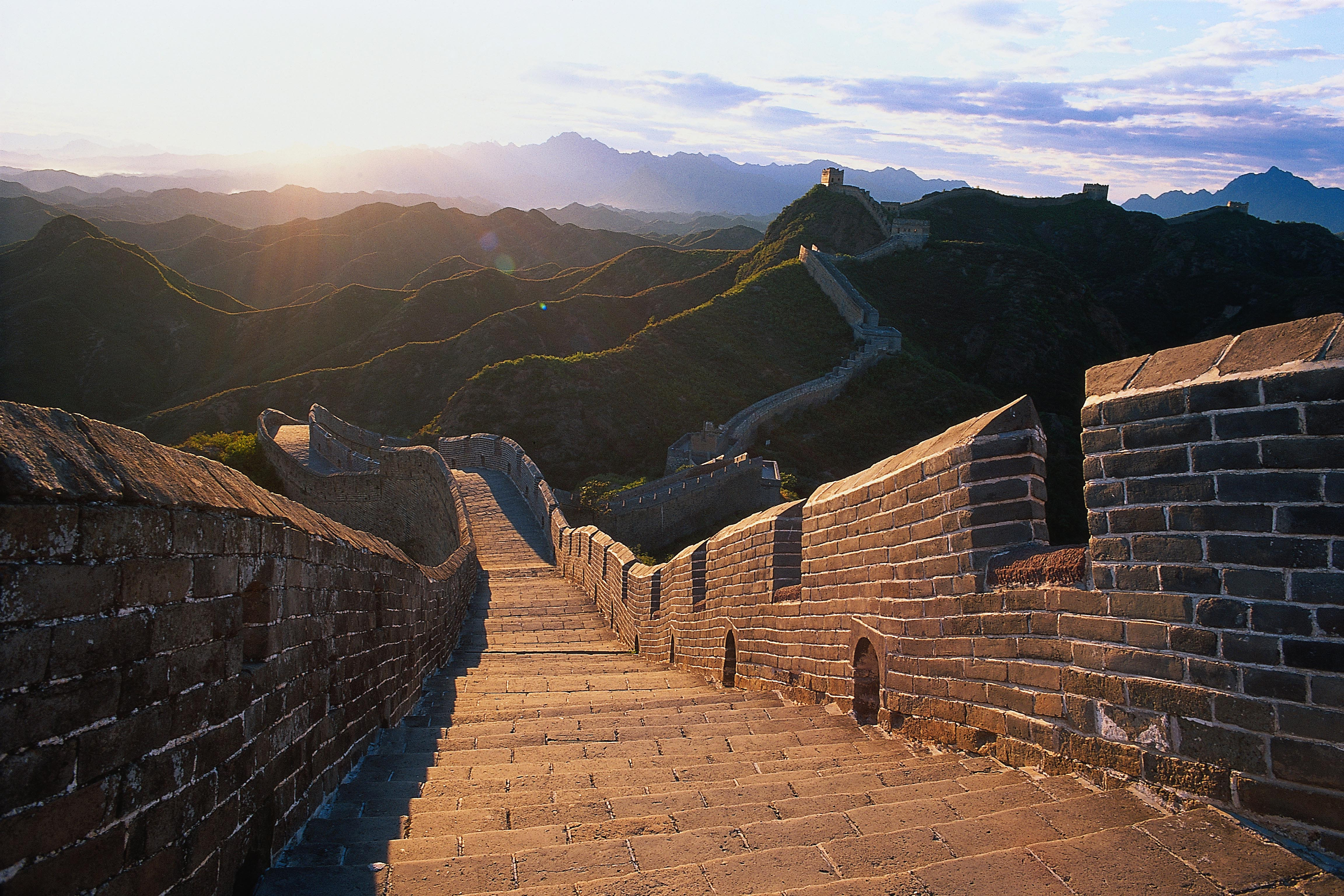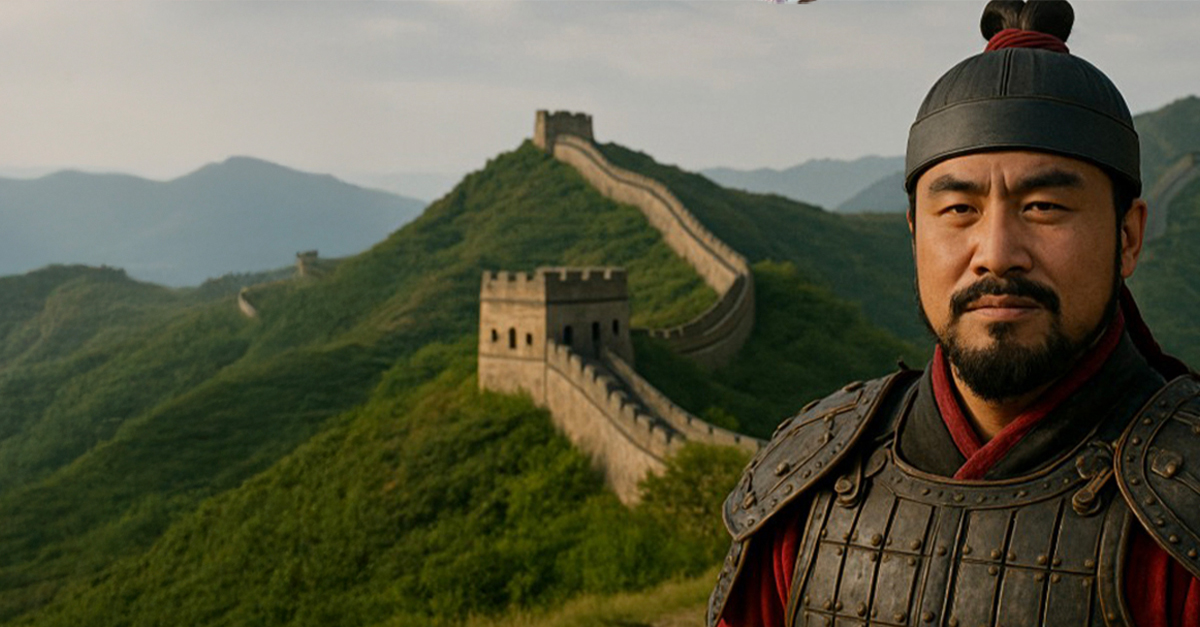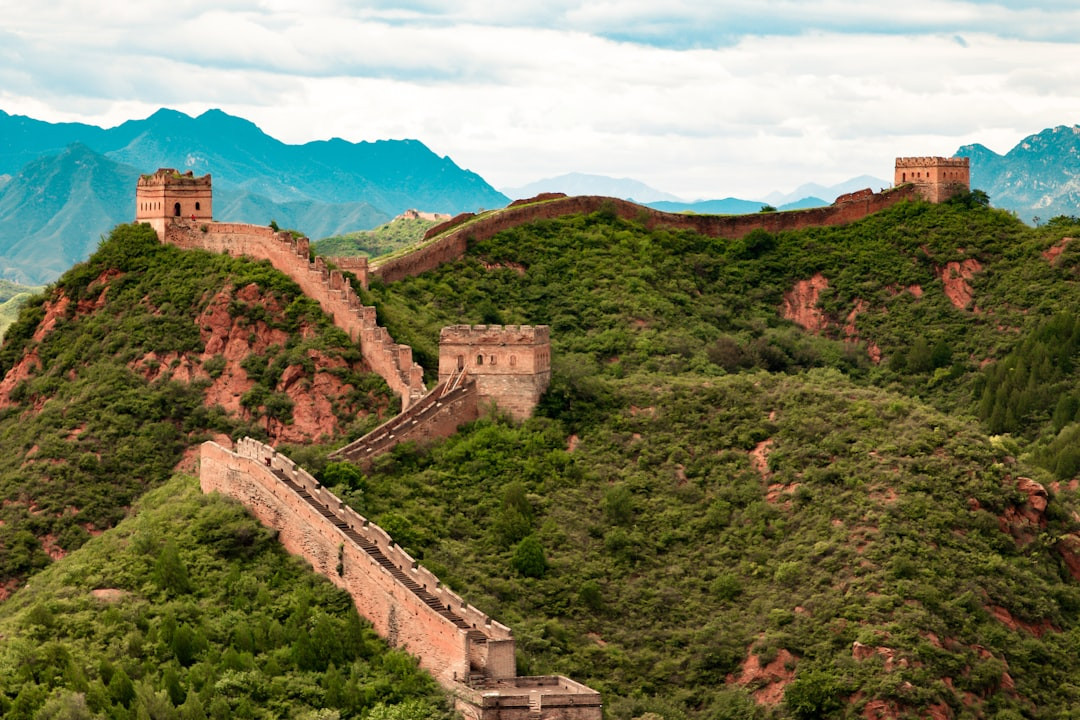In early 2025, archaeologists found persuasive evidence that the earliest known section of China's Great Wall, called the Qi Wall, is around 300 years older than previously believed. The ancient walls were previously thought to date to the Spring and Autumn or early Warring States periods. This discovery traces the wall’s origins back to the Western Zhou Dynasty, reshaping our understanding of its history.
The Evolving Techniques Of Wall-Building
Excavations from May to December 2024 uncovered several construction phases across an 1,100 m² area. The earliest walls, dating from late Western Zhou (1046–771 BCE), are about 10 meters wide. Later layers display more advanced engineering from the Warring States period, comprising sections up to 30 meters wide. This is clear proof of the wall’s evolving strategic importance.
An Updated Age Confirmation
To nail down the wall’s age, researchers used optically stimulated luminescence (OSL), carbon‑14 dating, soil sampling, and traditional artifact analysis. These methods combined to confirm that the wall’s construction came before previous estimates by centuries, underlining the sophistication of Chinese engineering even in that early time period.
Signs of Pre‑Wall Settlement
Underneath the Qi Wall, archaeologists uncovered two semi-subterranean Zhou Dynasty dwellings that show the area was the location of a small settlement before the wall construction was even begun. Also, the ancient city of Pingyin was identified about 1.5 km north, in agreement with historical records and strongly hinting at a strategic network of defensive lines along with the early Great Wall.
 Hao Wei from China, Wikimedia Commons
Hao Wei from China, Wikimedia Commons
Dusting Off The Great Wall’s Origin Story
The Qi Wall was always known as the oldest surviving Great Wall section, with construction dated to around 441 BC during the Warring States period. The new excavation proves that fortified defense lines in Shandong were emplaced centuries earlier, showing a level of state planning at that earlier time that we hadn’t considered.
Large-Scale Military and Historical Significance
These findings throw into relief the high degree of military acumen of the State of Qi. The strategic wall and its accompanying settlement line up with routes described in ancient texts, showing the military dispositions and territorial boundaries. It speaks to the complex state structures that existed in full force long before we assumed.
New Questions And Research Opportunities
This dig marks the first full-scale research into the Great Wall’s earliest section. It opens the potential for further focused studies across China’s defensive architecture. Archaeologists are gearing up to research and re-evaluate the timelines and uses of ancient walls in other parts of China.
The Qi Wall: First Step On The Path To Greatness
Finally pinpointing the wall’s true age puts the Qi Wall squarely in the lead of Great Wall archaeology. It proves that complex defensive systems were in active use far earlier than we ever thought, updating the story of early Chinese civilization and statecraft.
You May Also Like:









